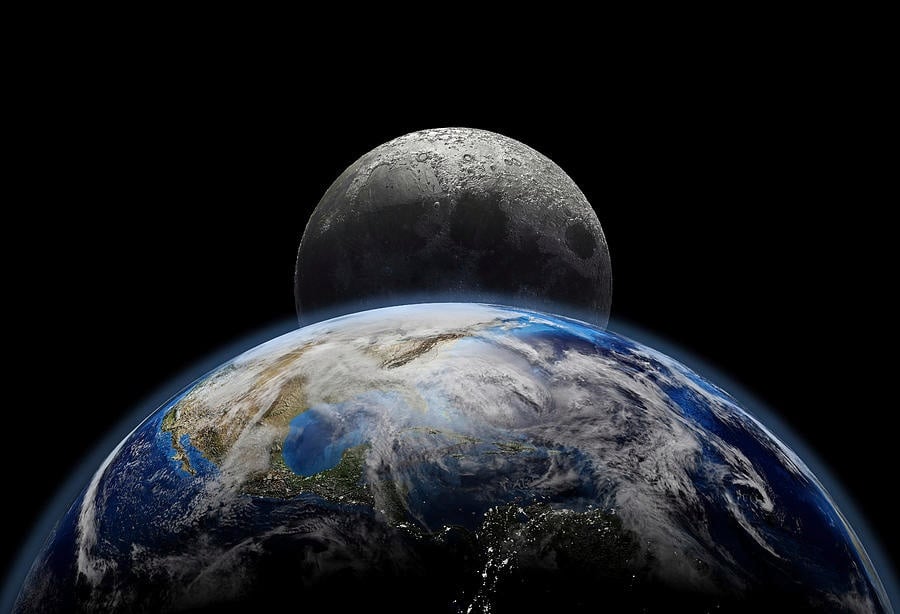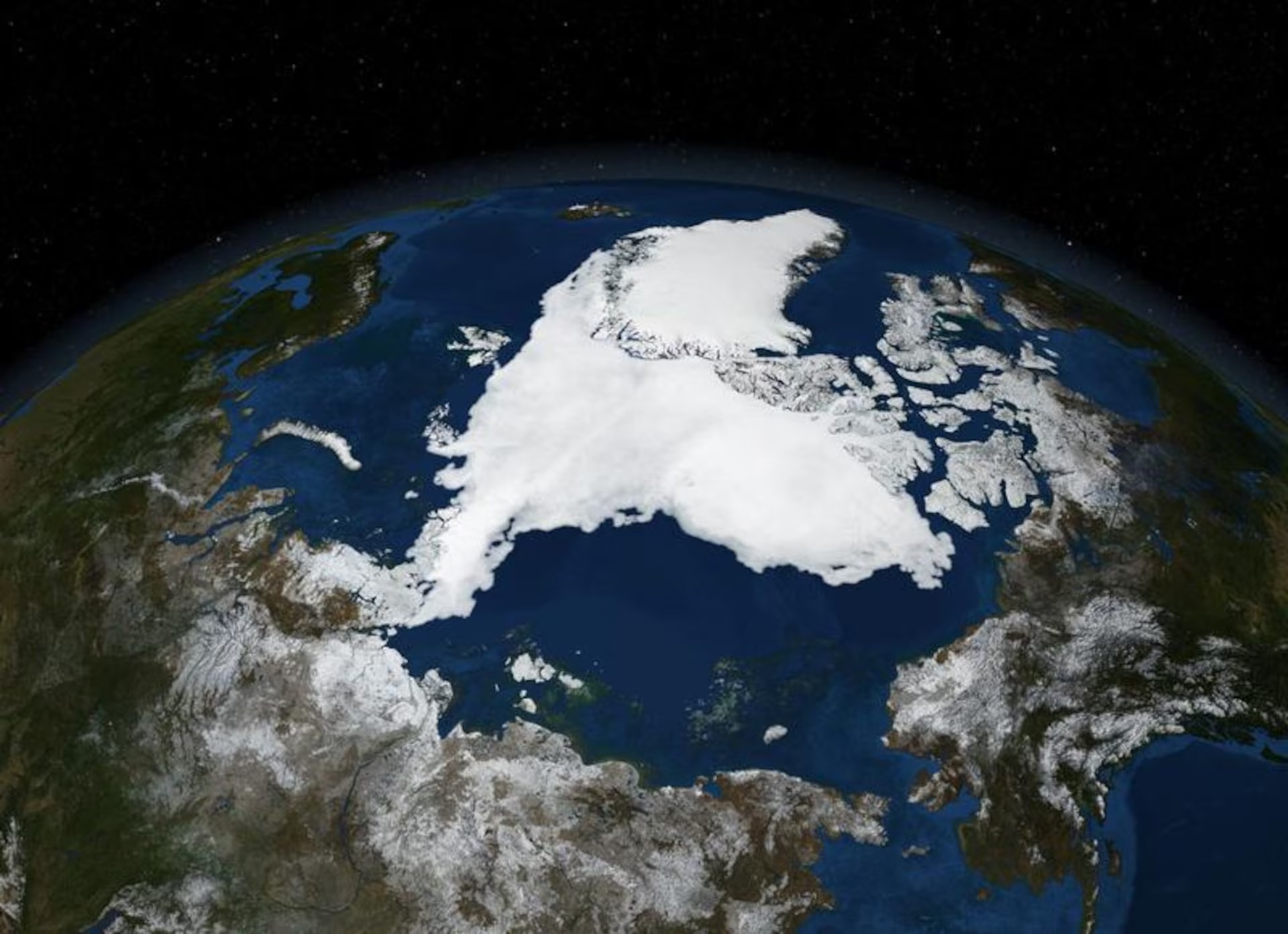 |
The Moon's changing position will affect Earth's rotation speed and day length. Photo: Pixels . |
Over the next few weeks, the Earth will spin faster, causing some days to be less than 24 hours long.
Specifically, on July 9, July 22 and August 5, 2025, the Moon will be closer and increase the Earth's rotation speed, making each day 1.3-1.51 milliseconds shorter than usual, according to Livescience . Each millisecond is one thousandth of a second.
A day is the time it takes for the planet to rotate once around its axis, which is currently calculated by humans to be about 86,400 seconds or 24 hours. However, the actual rotation speed of the Earth is affected by many factors such as the position of the Moon and the distribution of mass on the planet, so it is not always exactly 24 hours.
For billions of years now, the Earth has been slowing down its rotation, causing the length of the day to increase. According to researchers' estimates, about 1-2 billion years ago, a day on Earth was only about 19 hours long. The reason is that at that time the Moon was closer to the Earth than it is now, creating a stronger gravitational pull, causing the Earth to rotate faster.
As the Moon gradually moved away, the average days became longer, reaching their current 24-hour length.
However, in recent years, scientists have recorded fluctuations against this trend. In 2020, they discovered that the Earth was rotating at its fastest rate since 1970.
July 5, 2024 is the shortest day since 1970, falling 1.66 milliseconds short of 24 hours, according to Timeanddate .
This year, on July 9, July 22, and August 5, the Moon will be near Earth's poles. Gravity will speed up the planet's rotation, making the days shorter than usual.
 |
Melting ice also affects the Earth's rotation speed and day length due to its impact on weight distribution. Photo: Reuters . |
In addition, human activities are also contributing to changes in the Earth's rotation speed.
NASA has calculated that melting ice and shifting groundwater, which changes the distribution of mass, have increased the length of days by 1.33 milliseconds per century between 2000 and 2018.
Even single events can affect the Earth’s rotation rate. For example, the 2011 earthquake in Japan shortened the length of a day by about 1.8 microseconds. A microsecond is one millionth of a second.
On affected days, the clock will still count the full 24 hours because the difference is too small for people to feel in everyday life.
Only when the length of a day differs by more than 0.9 seconds, or 900 milliseconds, do humans need to adjust their time zones. When this happens, the International Earth Rotation and Reference System (IERS) adds a “leap second” to Universal Time (UTC) to resynchronize the times.
Source: https://znews.vn/trai-dat-sap-quay-nhanh-hon-lam-ngay-ngan-lai-post1567256.html






























![[Photo] Gia Lai provincial leaders offer flowers at Uncle Ho's Monument with the ethnic groups of the Central Highlands](https://vphoto.vietnam.vn/thumb/1200x675/vietnam/resource/IMAGE/2025/7/9/196438801da24b3cb6158d0501984818)







































































Comment (0)